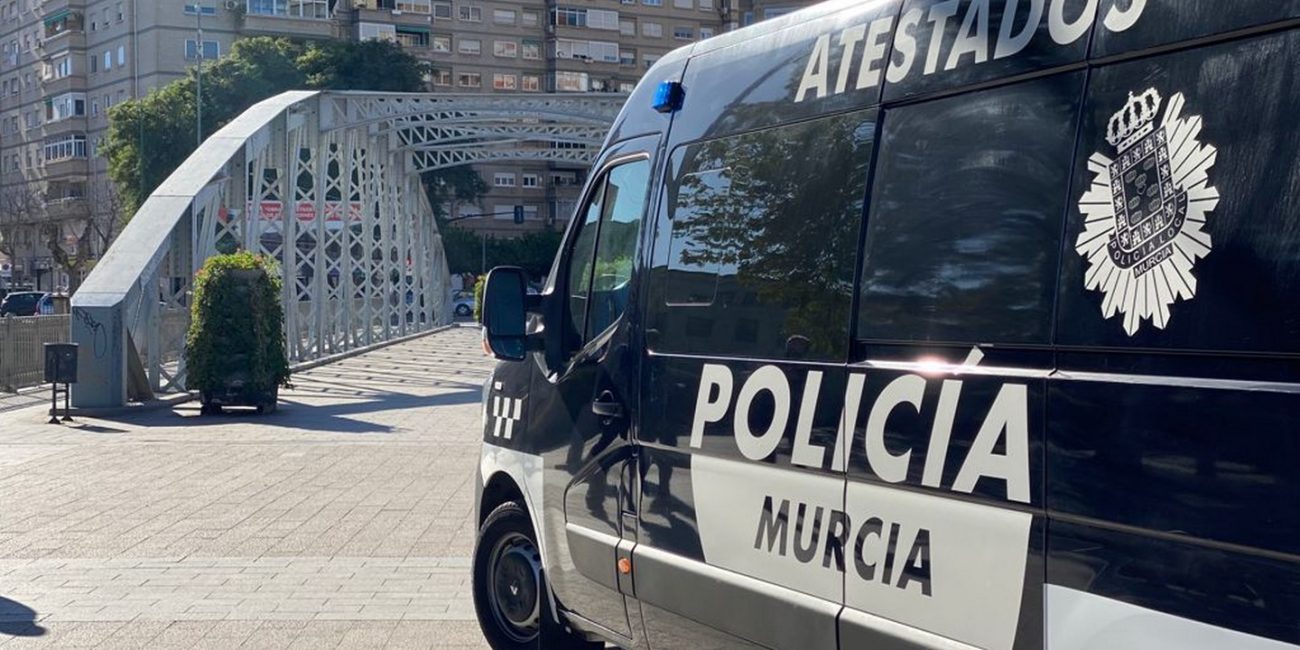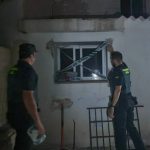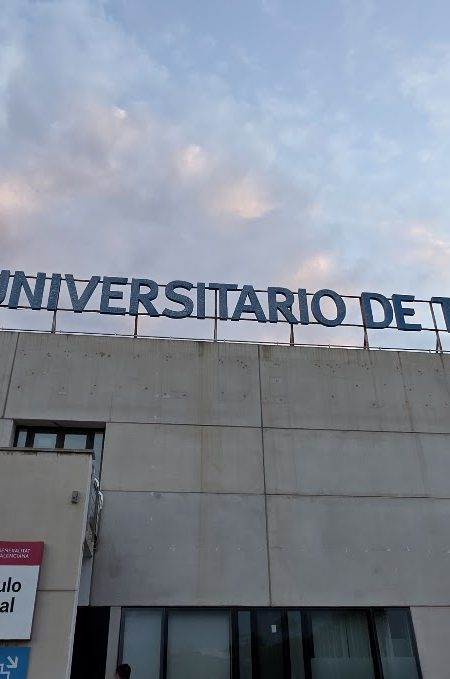The Regional Government will inject €2.5 million before the end of 2025 to enable municipalities in the Region of Murcia to provide their local police forces with improved material resources, allowing them to “fulfil their duties and responsibilities more effectively and self-sufficiently,” as part of the “Safer Region of Murcia” Security and Citizen Coexistence Strategy.
City councils may use this money to buy conventional guns for local police officers, breathalysers, alcohol meters, drug tests, radars, and sound level meters.
They will also be able to use the subsidies to buy drones, computer equipment, video surveillance systems for public spaces or traffic control, gearbox and communications systems, cameras, or CDR readers, as well as vehicles such as passenger cars, vans, trucks, motorcycles, bicycles, all-terrain vehicles and quads.
For the first time, if they so desire, they will be able to use this funding to modernise police facilities, barracks, and infrastructure.
To allocate this funding, each municipality’s population and the number of police officers per thousand people will be considered.
Marcos Ortuño, Minister of the Presidency, Spokesperson, Foreign Affairs and Emergencies, emphasised the importance of equipping officers with the necessary resources to effectively carry out their responsibilities.
Almost 92€ million for staff expansion
The regional government set aside over 92 million euros between 2021 and 2025 to fund the expansion of the Local Police force, give them with more and better material resources, and ensure the protection of all inhabitants, regardless of location.
The “Safer Murcia Region” initiative, which is now being implemented, will enhance resources and generate €120 million. This contribution, among other things, will allow local governments to raise their local police force to 3,000 officers by 2030.
“More police means more security on the streets, more security in the squares, more security in schools, more security in leisure areas, and also more security for our retailers,” Ortuño emphasised, warning that “in addition to the regional government’s strategy, more involvement from the central government is needed.”
According to him, the Region is “the community with the fewest police officers and civil guards per 100,000 inhabitants, and there is no doubt that we need to be provided with the police officers and civil guards we are lacking because the people of Murcia deserve the same protection as the rest of the Spanish people.”
Reinforcement for smaller municipalities
The councillor disclosed that the strategy “will emphasise strengthening security in all municipalities, especially the smaller ones; ensuring that all citizens have sufficient police coverage; achieving greater police presence on the streets; and promoting the professionalisation and stability of local police forces.”
An “unprecedented investment, designed to support local councils and offer citizens the security and confidence they deserve,” the councillor continued, reminding people that “we are working to ensure that every resident feels safe and protected in their daily lives, and that they can be confident that they have a Local Police force that is close, prepared, and has the necessary resources to respond effectively.”
In addition to increasing the Force’s people and material resources, the strategy intends to improve coordination and efficacy in incident prevention and response, as well as ensuring a continuous service that boosts public confidence in public safety.
Three priority axes
The proposed measures will be executed along three axes: local security, creative security, and shared security, which will encourage collaboration among local governments. One of the initiatives that will be undertaken within the framework of this Strategy is the establishment of Mobile Police Stations, which will be made available to all local governments for specific events or campaigns in neighbourhoods and hamlets.
In terms of new technological resources, the 45 towns are scheduled to be equipped with a police management tool that will enable them to share information on criminal actions, issue warrants, and standardise investigations and reports, among other things.
Regulatory Support
To improve security and protection, the Community considers it “essential” to have regulatory backing for these efforts. In this context, decrees on technical resources for the Local Police and the revision of the foundation for the selection processes for entry into the Corps are well underway. This will entail entrusting the Community with unifying the recruitment processes for the police force.
This law will also define minimum standards for the regulations governing calls for applications, as well as update the reasons for medical exclusion or physical examinations, among other things.
The order allowing local police to utilise new forms of defence is a ground-breaking text in the Murcia Region. It will enable communities to provide their local police personnel with new approved forms of defence, such as Taser guns or JPXs.
One of the most significant new features is that it allows members of Special Citizen Security Units in municipalities where they exist to carry long police firearms. It will also control “in a clear and precise manner” all of the methods that local police officers can use in dangerous situations.
By doing so, “it will not only provide officers with more tools to better protect citizens, but it will also provide legal certainty and unify criteria across all municipalities.”
Ortuño stated that the purpose is to provide local police officers with more resources to respond safely to incidents using proper measures.
The draft decree has been distributed to the many parties and institutions concerned, including the Federation of Municipalities, the 45 city councils, police unions, and police chiefs’ associations, to allow them to submit feedback on the original document.









No Comment! Be the first one.